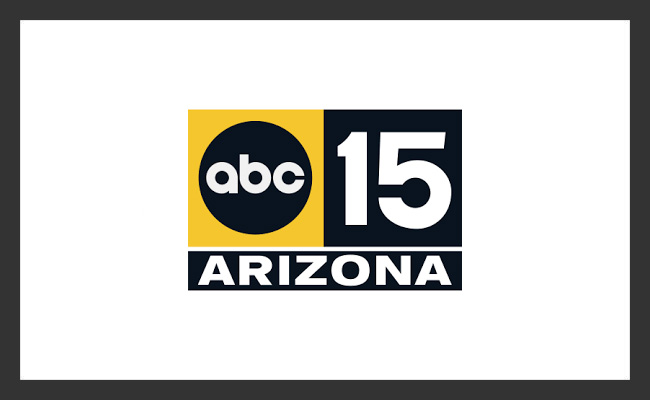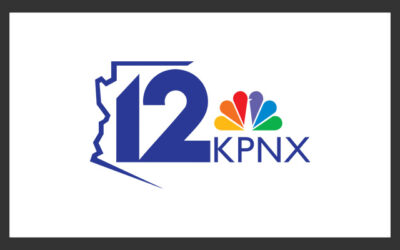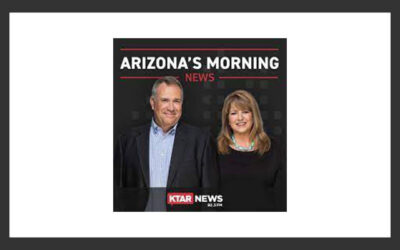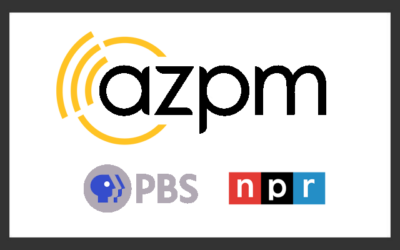ABC15 – The Arguments For and Against Arizona’s New 2.5% Flat Tax
PHOENIX — Governor Doug Ducey announced Thursday that the state is flush with cash. Arizona’s general fund balance for the start of fiscal year 2022 is over $16.7 billion. That has led the governor to direct the Arizona Department of Revenue to implement the state’s 2.5% flat tax, passed by the legislature in 2021, a year earlier than expected.
Currently, Arizona uses graduated income tax brackets, a similar structure to the federal government. Married households filing jointly that make under $55,615 pay a rate of 2.59%. Those households making up to $111,229, the largest swath of Arizona taxpayers, are required to pay 3.34% in taxes. The next tier of taxpayers, households making up to $333,684 pay 4.17%. Taxpaying households making between $333,684 and $500,000 pay the top marginal rate of 4.5%. The few households in Arizona that make over $500,000 also pay the top marginal rate but it is calculated differently. The highest earners pay 1% on taxable income over $500,000 plus $20,059 with an additional surcharge of 3.5%.
Local economist Jim Rounds has studied the flat tax. He says that while it is expected to cost the state revenues in the short term, a flat tax combined with good policy can build the economy further. “The state’s improved its economy enough where I believe we can afford it,” Rounds said. “But right now, is a critical time before we go into the 2023 recession. We’re going to have to make sure that we continue to put money in the right places to help build the economy further.”
The tax policy change is a contentious issue with local think tanks on both sides.
The Common Sense Institute is in support of the flat tax. The group projects that implementing the flat tax earlier will increase employment by 8,033 and add $1.6 billion to the state’s GDP.
The Arizona Center for Economic Progress opposes the flat tax. They say too much of the benefit goes to higher earners. An analysis done by the group shows that the top 1% of earners will receive a tax cut estimated at $15,853 with the next highest 4% of earners getting back an average of $2,984. They estimate that the bottom 80% of earners will receive few to no benefits from implementing the tax cut.




